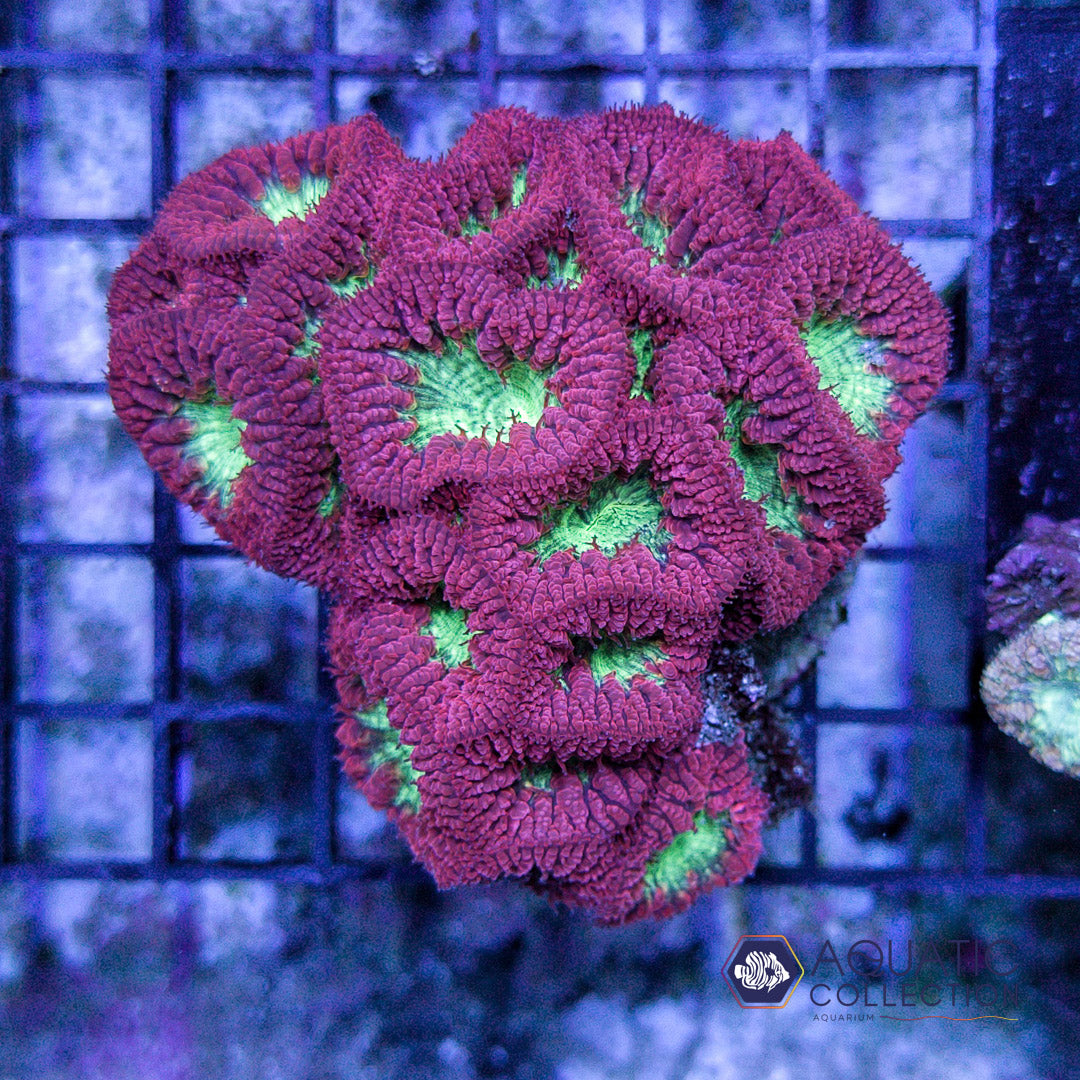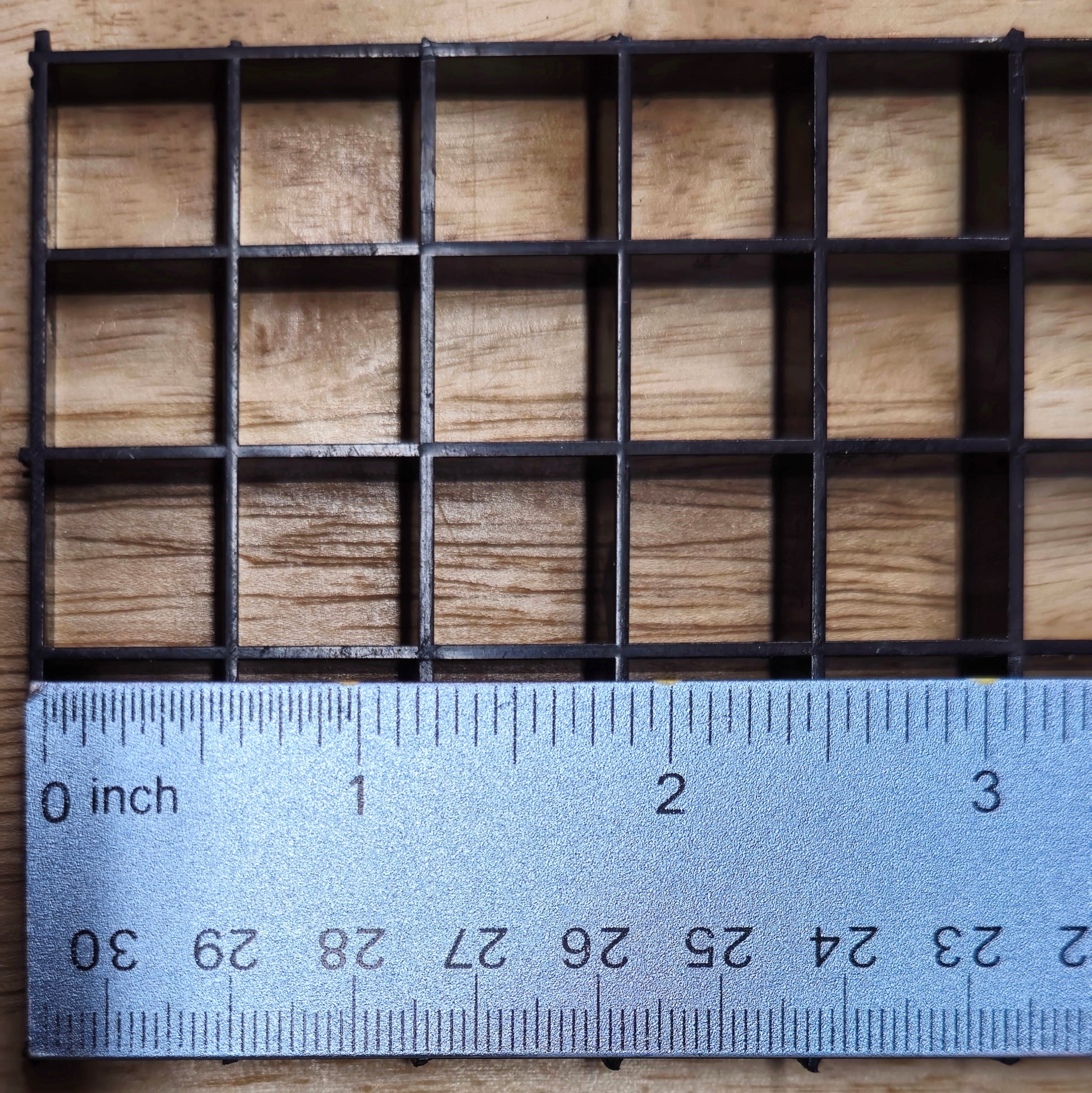Aquatic Collection Aquarium
Red Blastomussa colony
Red Blastomussa colony
Couldn't load pickup availability
Species: Blastomussa
Approximate size: 3"
Colors: Red, Green, Teal
Overview
Blasto coral, commonly referred to as "Blasto," belongs to the genus Blastomussa. It is well-known among coral enthusiasts for its vibrant colors and unique morphology.
Morphology
- Structure: Blasto corals typically form thick, fleshy colonies that can appear as lobed or brain-like structures. They may grow in a massive or encrusting form, with indivvidual polyps creating impressive and visually striking displays in both natural and aquarium settings.
- Corallites: The corallites of Blasto corals are large and prominent, housing individual polyps. When expanded, these polyps can showcase long, flowing tentacles, particularly at night when they are actively feeding.
- Coloration: Blasto corals exhibit a variety of vibrant colors, including shades of green, blue, purple, and red. The bright hues are primarily due to the presence of zooxanthellae, symbiotic algae that live within the coral tissue and contribute to its photosynthetic abilities.
Habitat
- Distribution: Blasto corals are commonly found in shallow tropical waters of the Indo-Pacific region, often inhabiting reef slopes and lagoons.
- Environment: They thrive in moderate light conditions and can tolerate a range of water flow, making them adaptable to various reef environments.
Biology
- Feeding: Blasto corals are mixotrophic, relying on both photosynthesis from their symbiotic zooxanthellae and capturing plankton and organic matter from the water. The coral polyps use their stinging tentacles to capture food, particularly during the night.
Care in Aquariums
- Light Requirements: Moderate lighting is preferred. While they benefit from good light for photosynthesis, excessive direct light can lead to stress and bleaching.
- Water Flow: A gentle to moderate water flow is ideal to ensure nutrient distribution while preventing sediment buildup around the coral.
- Water Parameters: Optimal conditions include a temperature range of 76-78°F, salinity of 1.025-1.026 specific gravity, and a pH of 8.1-8.4. Regular monitoring of water quality is crucial for maintaining their health.
Behavior and Aggression
-
Aggressiveness: Blasto corals can exhibit territorial behavior and have the ability to sting neighboring corals. It’s essential to provide adequate space around them to minimize aggression.
-
Compatibility: They can coexist with various tank mates, including other LPS corals, but should be monitored for interactions, especially with more aggressive species. Avoid placing them too close to corals that might harm them.
These corals are for saltwater aquariums only.
This is the exact specimen you will receive, however, due to differences in tank lighting and screen settings, this item may look slightly different in your aquarium.
For measurement reference use the picture with the black grid and the ruler.
For acclimation details see here.
Share




